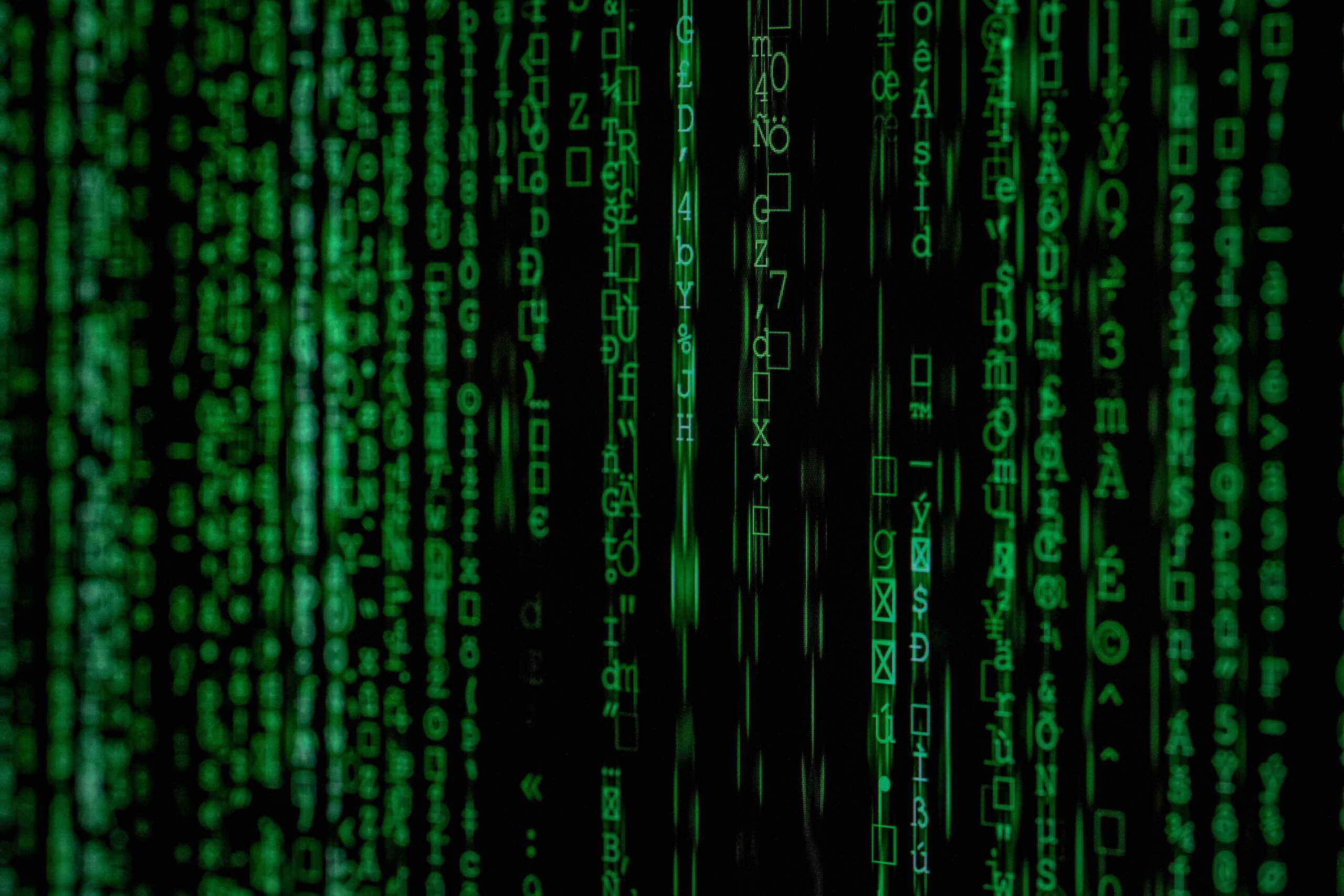Cybersecurity is more important than ever in a world where digital threats are constantly evolving. From data breaches to ransomware attacks, staying informed about security trends and best practices is essential for individuals and organizations alike. In this post, we’ll dive into key aspects of cybersecurity, privacy protection, and ethical hacking.
1. The Growing Cyber Threat Landscape
Cybercriminals are becoming more sophisticated, using advanced techniques like phishing, social engineering, and zero-day exploits to target individuals and businesses. With increasing cyberattacks, companies are investing heavily in cybersecurity measures to protect sensitive data and digital assets.
2. Encryption: Protecting Your Data
Encryption is one of the most effective ways to secure data from unauthorized access. Whether it’s end-to-end encryption in messaging apps or data encryption for cloud storage, understanding how encryption works is crucial for maintaining privacy and security in an interconnected world.
3. Ethical Hacking: Fighting Fire with Fire
Ethical hackers, also known as white-hat hackers, play a critical role in cybersecurity by identifying vulnerabilities before malicious hackers can exploit them. With certifications like Certified Ethical Hacker (CEH) and penetration testing methodologies, ethical hacking helps businesses strengthen their defenses.
4. The Role of AI in Cybersecurity
Artificial Intelligence (AI) is transforming cybersecurity by enabling automated threat detection, anomaly analysis, and predictive security measures. AI-powered tools help security teams respond to threats faster, minimizing potential damage from cyber incidents.
5. Privacy in the Digital Age
With growing concerns about data privacy, regulations like the GDPR and CCPA aim to protect users from invasive data collection practices. Understanding how companies track and store data, along with tools like VPNs and privacy-focused browsers, can help users take control of their personal information.
6. Social Engineering: The Human Weakness
Cybersecurity isn’t just about technology—human error is often the weakest link. Social engineering tactics like phishing emails, fake customer support scams, and pretexting can trick individuals into revealing sensitive information. Awareness and education are key to defending against these attacks.
7. The Dark Web: A Hidden Cybersecurity Risk
The dark web is a hidden part of the internet where cybercriminals trade stolen data, malware, and illicit services. Monitoring the dark web for potential threats can help organizations stay proactive in protecting their data and networks.
8. Future Trends in Cybersecurity
As technology evolves, so do cyber threats. The rise of quantum computing, blockchain security applications, and biometric authentication will play a significant role in the future of cybersecurity. Staying ahead of these trends is essential for maintaining a secure digital environment.
Wrapping Up
Cybersecurity is an ever-evolving field that requires constant vigilance. Whether you’re a business protecting customer data or an individual securing your personal information, understanding the latest security trends and best practices is essential. What cybersecurity topics interest you the most? Let’s discuss in the comments!
